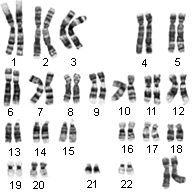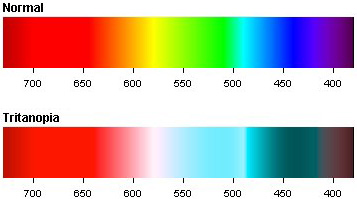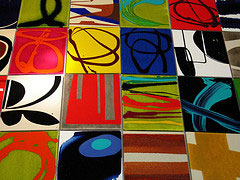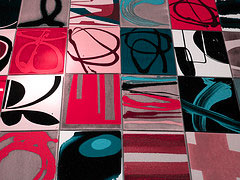Deutan color vision deficiencies are by far the most common forms of color blindness. This subtype of red-green color blindness is found in about 6% of the male population, mostly in its mild form deuteranomaly.
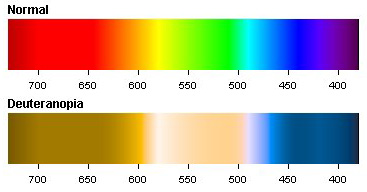
When you have a look at the color spectrum of a deuteranopic person you can see that a variety of colors look different than in a normal color spectrum. Whereas red and green are the main problem colors, there are also for example some gray, purple and a greenish blue-green which can’t be distinguished very well.
The well known term red-green color blindness is actually split into two different subtypes. On one side persons which either lack or have anomalous long wavelength sensitive cones (protan color vision deficiency), which are more responsible for the red part of vision. And on the other side deutan color vision deficiencies, which again are split into two different types:
- Dichromats: Deuteranopia (also called green-blind). In this case the medium wavelength sensitive cones (green) are missing at all. A deuteranope can only distinguish 2 to 3 different hues, whereas somebody with normal vision sees 7 different hues.
- Anomalous Trichromats: Deuteranomaly (green-weak). This can be everything between almost normal color vision and deuteranopia. The green sensitive cones are not missing in this case, but the peak of sensitivity is moved towards the red sensitive cones.
Below you can see a picture with normal colors on the left side and altered colors on the right side. The picture on the right side shows you how a person affected by deuteranopia would see the scenery (picture taken by Ottmar Liebert, some rights reserverd).
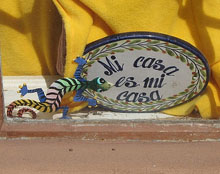 |
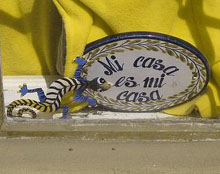 |
| Normal Vision | Deuteranopic Vision |
In the midst of the last century there were different researches published concerning unilateral deuteranopia. Some persons were found which had trichromatic vision in one eye and dichromatic vision in the other. The eye with dichromatic vision had a color specturm related to a deuteranopia color spectrum. One case of such a one-eyed colorblind is described in the article The Spectral Luminosity Curves for a Dichromatic Eye and a Normal Eye in the Same Person.
The one-eyed color blindness is definitely not the common case, whereas deuteranopia and especially deuteranomaly are the most observed cases of all color vision deficiencies. In 75% of all occurrences of color blindness it is a defect caused by the green sensitive cones. The following list shows the approximative rates of deutan defects in our population:
- Deuteranomaly, Male Population: 5%
- Deuteranopia, Male Population: 1%
- Deuteranomaly, Female Population: 0.35%
- Deuteranopia, Female Population: 0.1%
These numbers don’t change much, because deutan color blindness as one form of red-green color blindness is a congenital disease. Red-green color blindness is a sex-linked trait and therefore encoded on the X chromosome. Because women have two X and can overcome the handicap of one, men have only one and are therefore more often affected. This circumstance can also be read in the numbers of the table above. More details about the concrete inheritance pattern can be found at The Biology behind Red-Green Color Blindness.
If you are colorblind there is a big chance that you are red-green colorblind, usually green-weak and male. And if you are suffering from deuteranomaly I just want to let you know, that you are nothing special…
Read more about Tritanopia and Protanopia—the other two types of color blindness.



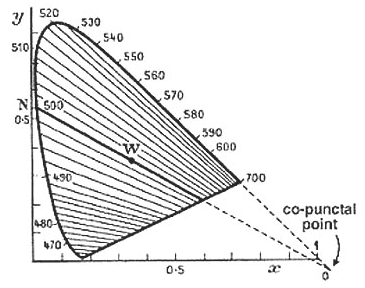
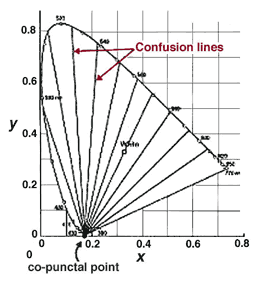
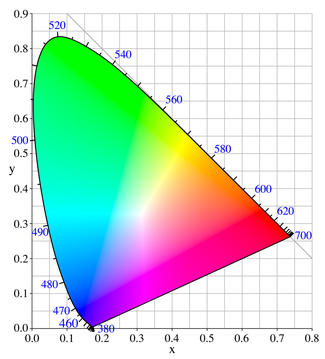
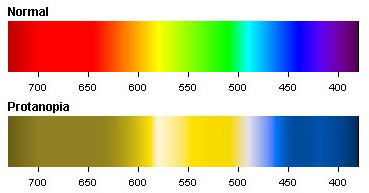

 Some rights reserved.
Some rights reserved.